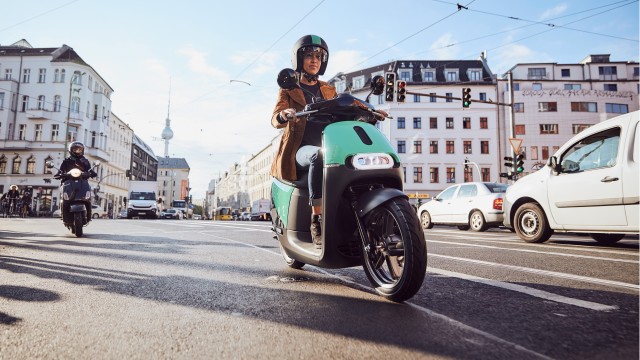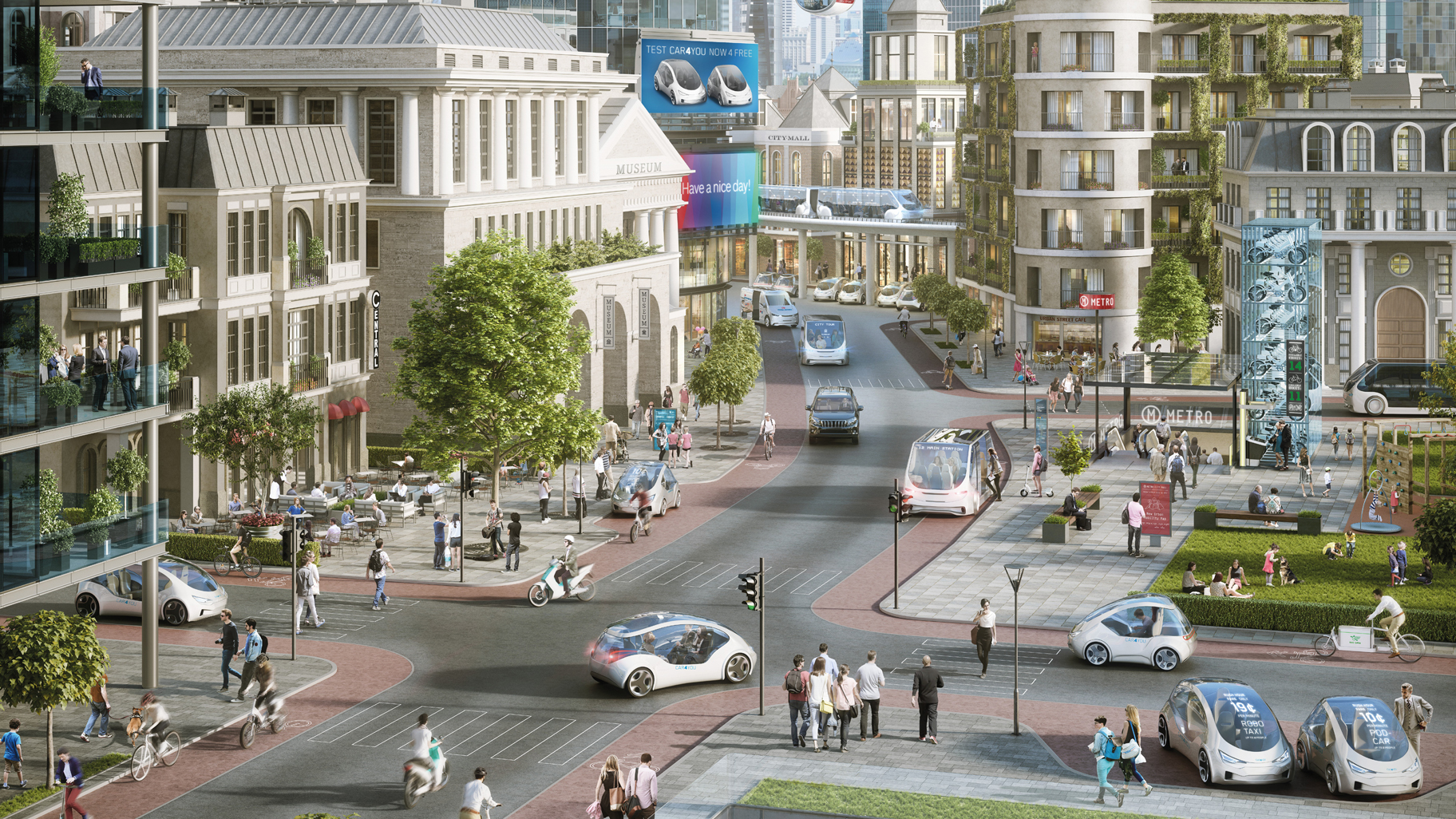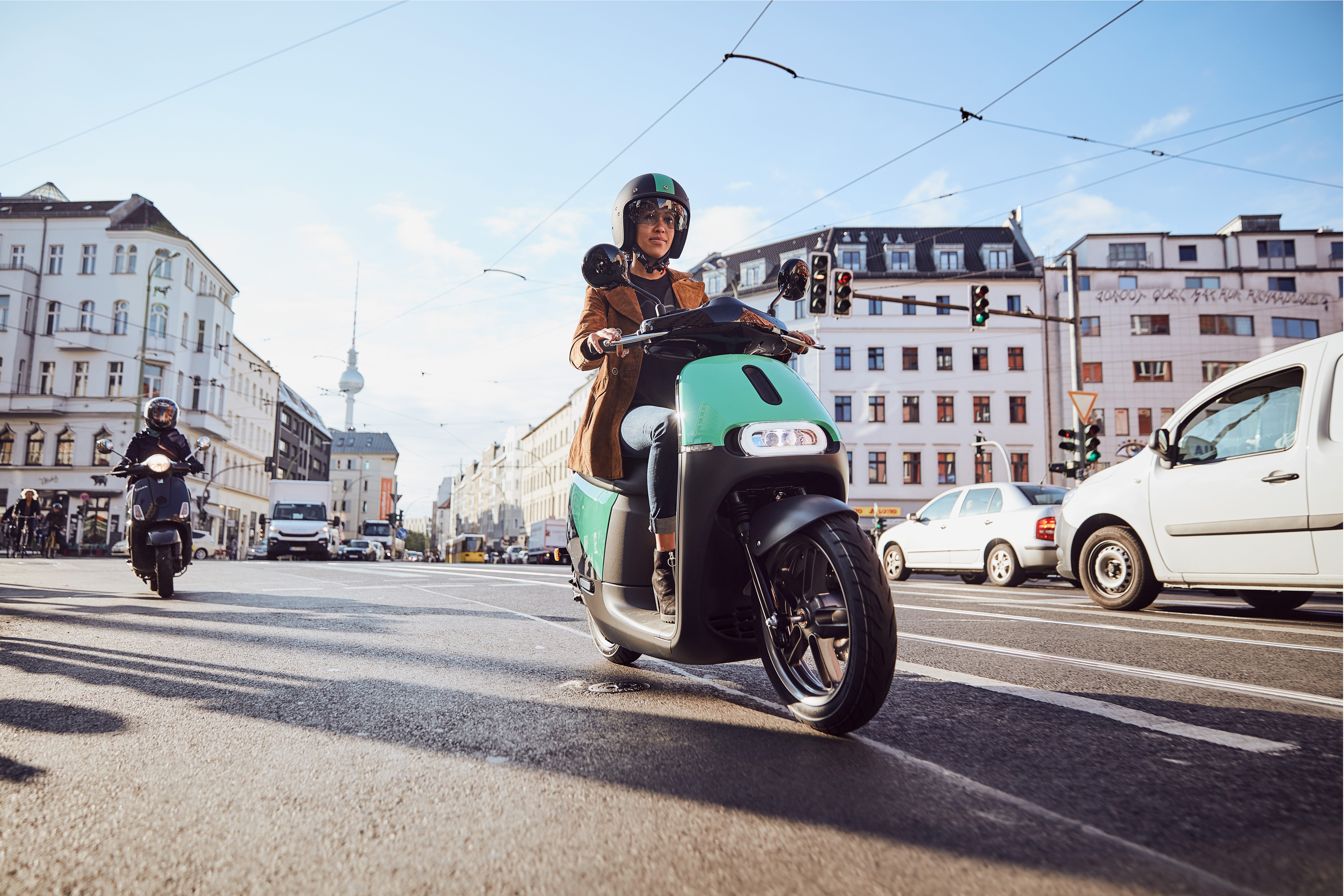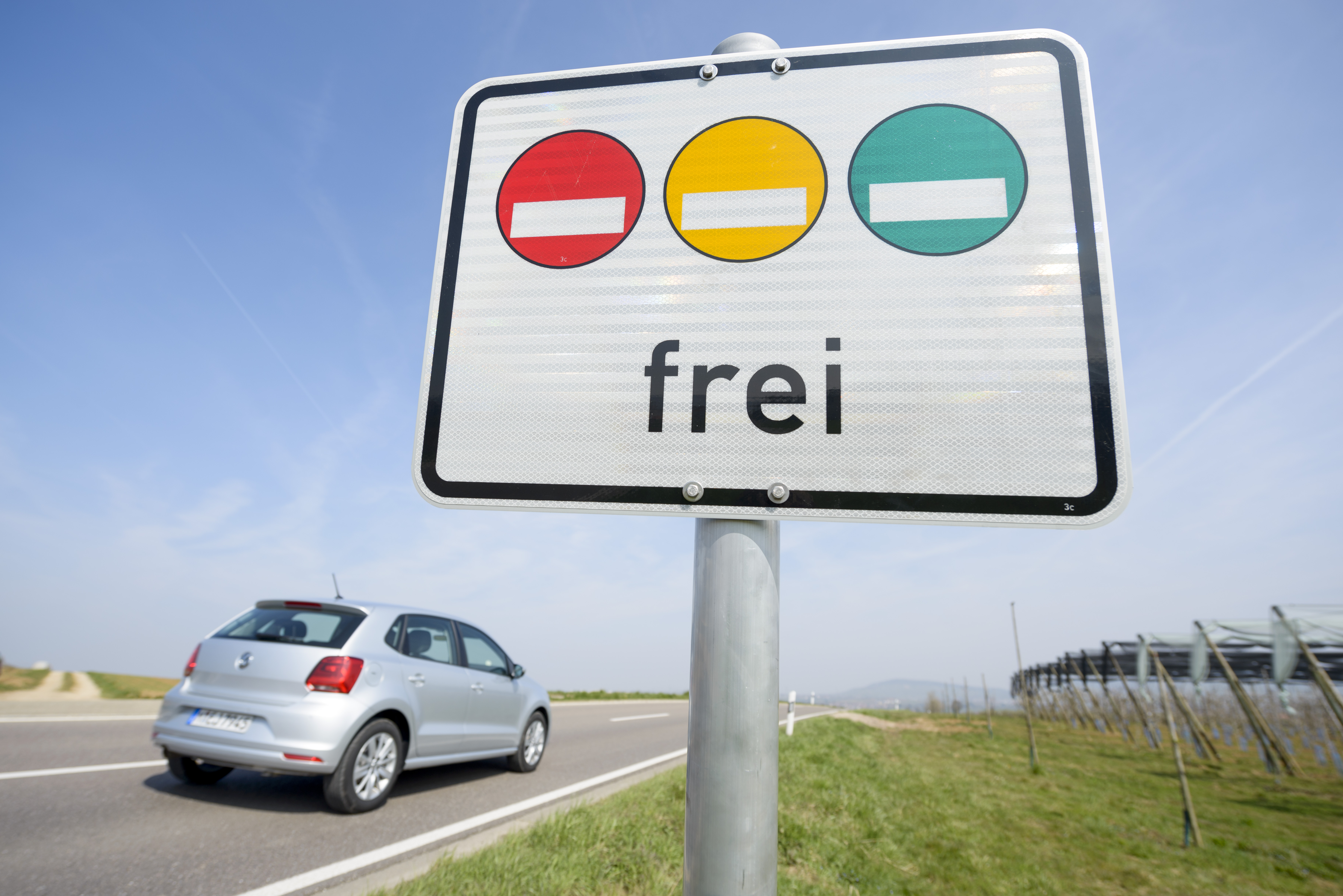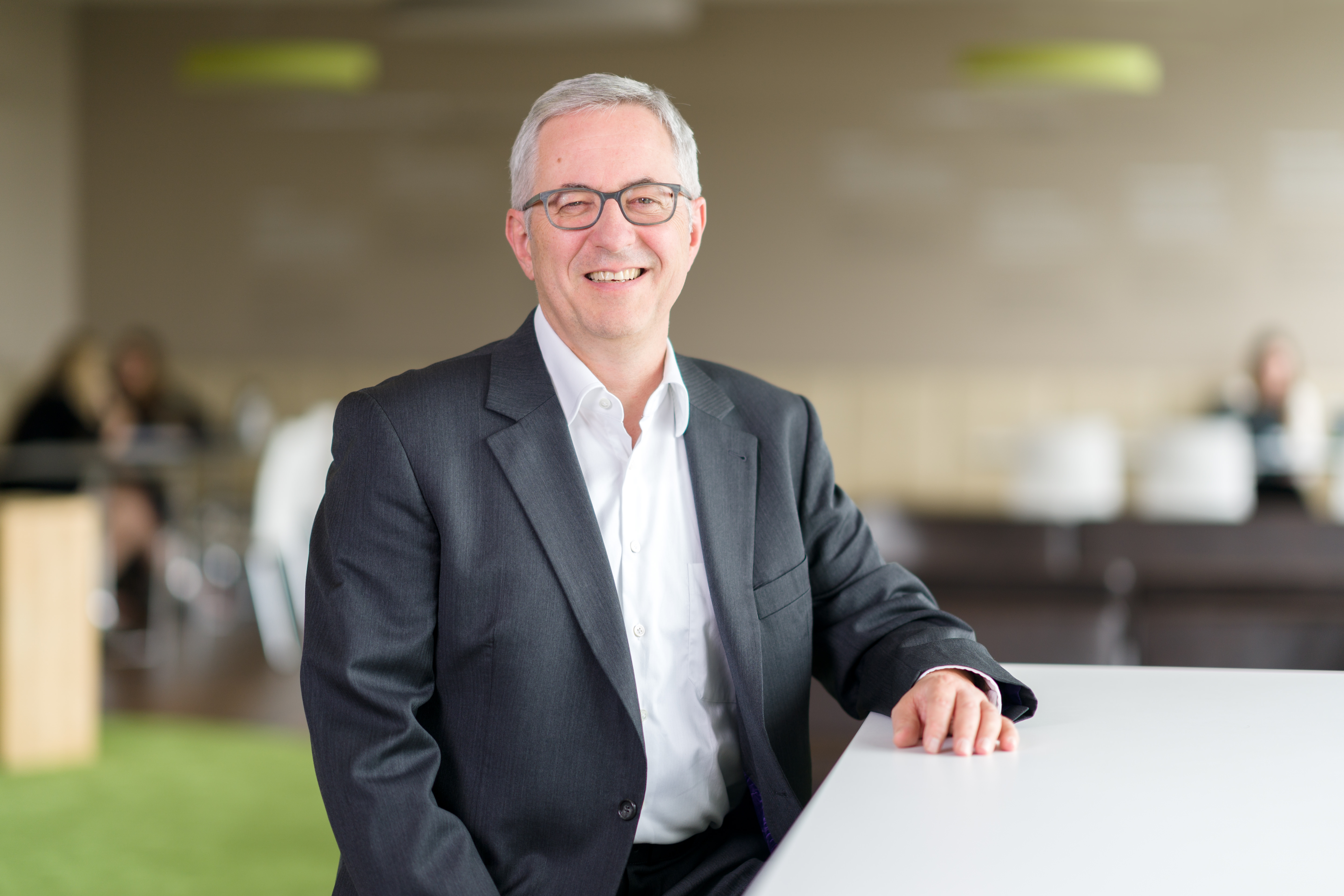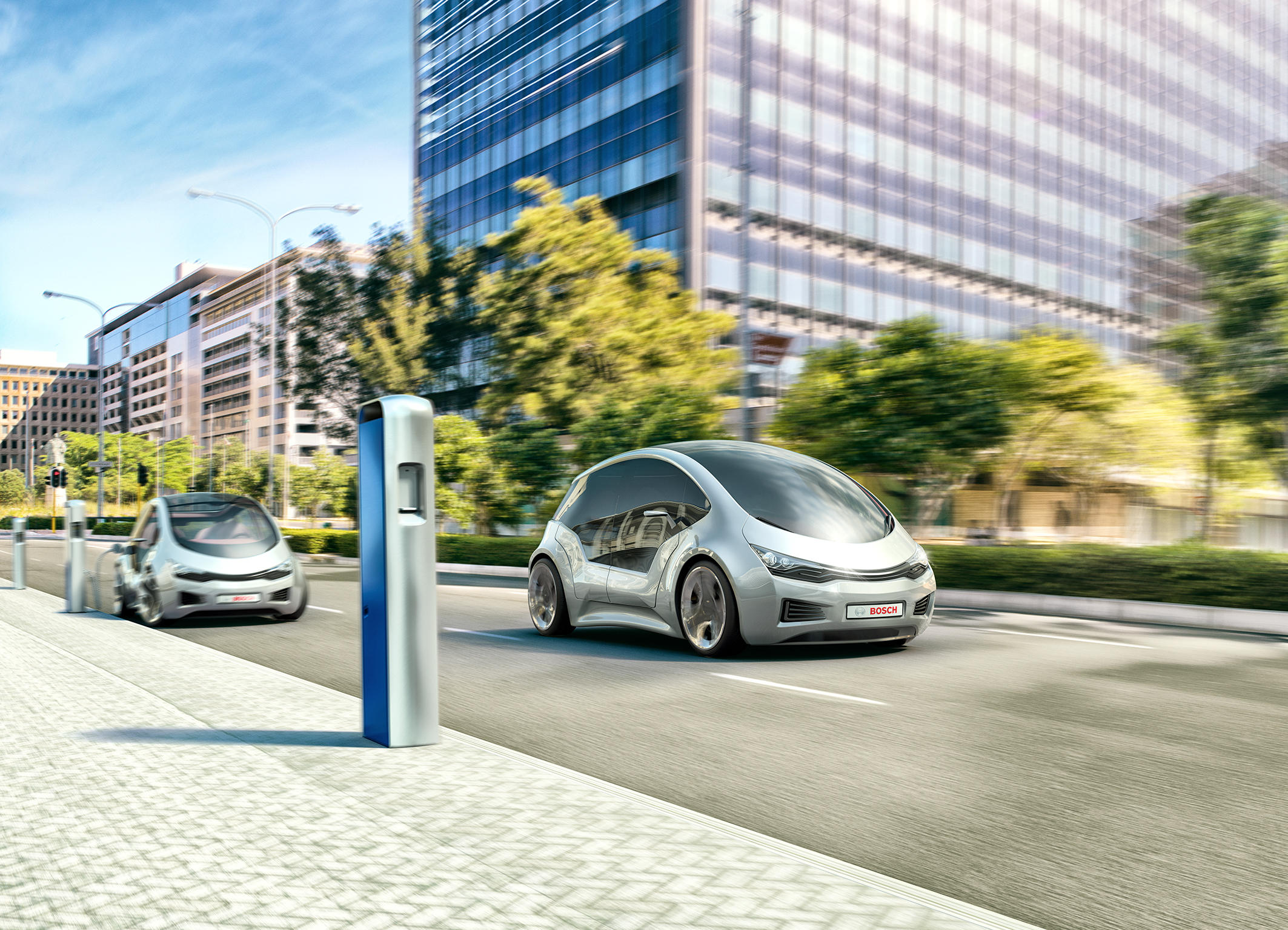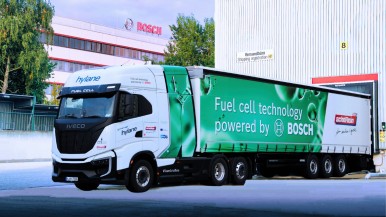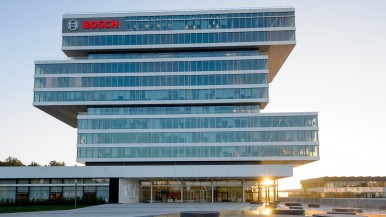Ladies and gentlemen,
the current debate about air quality and climate action shows just how much pressure there is to act: whether by means of particulate pollution warnings, emissions stickers for cars, or the threat of banning vehicles from city centers. We would like to talk with you about innovations and potential solutions that, in both the short and long term, can help improve the quality of air in our cities. It is our belief that a whole array of deliberate measures are needed to achieve a substantial improvement in the quality of air in German cities. Such measures include not only state-of-the-art combustion engines, but also hybrid solutions, electromobility, and connectivity that goes beyond individual vehicles. In order to bring about a lasting improvement in air quality, we have to consider all these areas in parallel. That calls for a level-headed discussion that takes account not only of aspects such as stopping global warming and keeping our air clean, but also of the potential impact of any such measures on employment and the time needed to achieve a far-reaching transformation of this kind.
We urgently need to address the issue of clean air, not just at our corporate headquarters in Stuttgart, but in many cities across the country – like Munich, Hamburg, and Berlin. Our engineers want to help improve the quality of air in Germany’s cities, and not just by optimizing individual powertrains. Today, I want to show you the solutions that Bosch can contribute to this and, at the same time, ask you to play your part in ensuring that the air-quality discussion sticks to the facts.
The combustion engine and air quality
The fact is, much has already been achieved in recent decades: the combination of technological progress and regulatory pressure has brought about a major improvement in air quality since 1990. For example, the limits for benzol, sulfur dioxide, carbon monoxide, and lead are no longer exceeded in Germany. What is more, pollution limits for particulates (PM10) and nitrogen oxides (NOx) have decreased significantly since 1990.
In the public sphere, diesel powertrains are often seen as the main source of particulate emissions. While that may have been factually correct when the introduction of low-emission zones in cities was first discussed in 2008, it is no longer the case now. According to calculations of the Baden-Württemberg Office for the Environment (LUBW), only six percent of particulate pollution registered at Neckartor in Stuttgart is attributable to road traffic, and diesel engines account for one to two percent of that. Brake and tire wear as well as road-surface abrasion are actually the main sources of particulate pollution, and these emissions are independent of the type of powertrain.
When it comes to clean air in many German cities, however, the biggest challenge is not particulates but nitrogen dioxide. And here are some facts on that.
- Nitrogen dioxide is generated mainly through combustion processes in transportation, in industry, and in households. Road traffic and, in particular, diesel passenger vehicles are the main sources of nitrogen-dioxide emissions.
- Various calculations have shown that, depending on the city in question, the current diesel fleet is responsible for 50-70 percent of the NO2 direct emissions recorded at measuring stations. Germany’s Federal Environment Agency has estimated an average of 67 percent nationwide. This figure is expected to sink as more and more vehicles meeting the Euro 6 standard join the vehicle fleet.
- The technology for achieving further reductions under real driving conditions has already been implemented with trucks; it is available for passenger vehicles as well and rollout began market-wide in September 2017 with the introduction of the real driving emissions standard.
Tomorrow’s mobility: from diesel powertrains to electric motors
Whatever we do – it is worthless without clean air. That is why Bosch is so persistent in pursuing the goal of zero-emission mobility, especially in cities. When I am asked whether electromobility will play a key part in tomorrow’s urban mobility, my answer is yes. But I would also like to add that combustion engines and electric motors will coexist for many years to come. After all, we will not be able to achieve our current CO2 goals simply by rolling out electromobility. To meet these goals, we will need to pull out all the stops and employ all the technological means at our disposal – and that includes continuing to optimize diesel and gasoline engines. In doing so, we are not ignoring the pollution levels in many cities – reducing those is precisely the goal of our efforts to optimize existing technologies.
- In more than 300 projects with our customers, we are helping automakers implement the strict Euro 6d emissions standard based on real driving emissions. Diesel prototypes equipped with our technology have already demonstrated that it is possible to undercut the limits planned for 2021 and to comply with the statutory limits in real driving conditions as well.
- We are working on new solutions to reduce particulate emissions, most of which are produced through brake and tire wear, and not exhaust gases. As early as next year, we will start producing the iDisc – a carbide-coated brake disc that produces up to 90 percent less dust.
- All-electric 48-volt drive systems will be rolled out for new types of highly compact, extremely light vehicles for urban environments. We are equipping vehicles like these as well − the eSchwalbe e-scooter is one example.
- We are pushing the development of high-voltage systems so as make large all-electric vehicles a reality, too. Half a million vehicles with Bosch-made electrical powertrain components are already on the road. Indeed, Bosch electromobility is already in evidence in our urban delivery traffic. We supply the powertrain system for the German Postal Service’s Streetscooters, the largest electric vehicle fleet in Europe.
- Even without imposing driving bans, city governments can help reduce road traffic emissions. Keeping traffic flowing at a steady pace can cut NOx emissions by as much as 20 percent and help lower the fuel consumption and CO2 emissions of both diesel and gasoline vehicles. As moving traffic means less braking, astute traffic planning could help reduce particulate emissions even further.
- Bosch technology can also help keep traffic flowing. Our mobile measuring stations make it possible to measure the quality of the air at all locations across a city. Unlike the ones currently in use, our measuring stations are mobile, less expensive, and more compact, enabling real-time maps of air quality to be generated. Maps like these provide cities with important additional data for traffic planning – highlighting, for example, where traffic congestion is causing higher emissions.
Smart cities: Bosch solutions beyond motor vehicles
Naturally, we also have our eye on the big picture, that is to say on long-term mobility, especially in urban areas. In addition to short-term measures, it is essential to adapt to a new world in the medium-to-long term. Much is set to change in the near future. By 2050, more than six billion people will live in large cities – twice as many as now. By then, urban traffic will have tripled – not least because online commerce will continue to generate ever more delivery traffic. As it is hardly conceivable that all this additional traffic can be managed using cars and trucks, Bosch is also focusing on solutions for the transportation of goods and people that go beyond motor vehicles. This trend – away from car-friendly cities and toward smart mobility – reflects a worldwide change in urban planning. Finding parking spaces is one example of this. At present, this search accounts for one-third of urban traffic. Our solutions for connected, automated parking save fuel and time while reducing stress. Step by step, our projects are helping take the stress out of the search for parking. We have to rethink urban transportation. That means using connected electric vehicles to deliver goods within cities; it also means people leaving their cars and taking the train or a bike depending on traffic congestion and their personal needs. Moreover, this changeover from cars to trains or bikes has to be managed smoothly, with a minimum of searching and waiting. And this in turn presupposes seamless connectivity – that all means of transport in the city are connected with each other. The transformation has already begun.
In Europe, London is becoming a smart city, just as Singapore is in Asia. By 2025, 80 urban areas worldwide will be smart cities. Bosch is already participating in 14 lighthouse projects with connected cities around the world, including Singapore, San Francisco, Berlin, and Hamburg. Seven projects include urban mobility solutions. Apart from connected parking and fleet management, these solutions also involve electromobility and multimodal transport.
As an employer as well, we are playing our part in improving air quality. Around 15,000 Bosch associates in the Stuttgart public transit catchment area work at locations in the Stuttgart region or travel there for business reasons. Now that the air pollution-alert season is with us, Bosch associates who work in Stuttgart can once again use their company IDs as local public transit tickets in the event of air-pollution alerts. In addition, Bosch helps its associates with many company agreements. These include the possibility of working from home, or making use of telephone and video conferencing to avoid having to travel to other locations for meetings. Associates can also use flextime arrangements to take advantage of more favorable public-transit connections or to travel outside rush-hour periods.
As you can see, the challenges facing urban transportation – namely traffic congestion, air pollution and insufficient space – are huge. We at Bosch want to support cities with our solutions: There is no one solution – only a combination of measures can substantially improve air quality.
I invite you to stroll through our exhibition and experience the many Bosch solutions that are helping cities improve air quality. Examples include electric delivery vans, connected parking solutions, and cutting-edge diesel engines.
